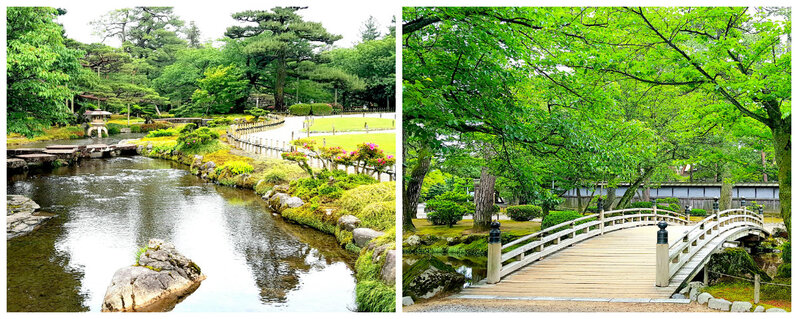Kanazawa (金沢) makes for a great weekend or overnight escape from Tokyo, now easily reached within two and a half hours by the new Hokuriku Shinkansen operating out of Tokyo Station — valid on both Japan Rail Pass and the Hokuriku Arch Pass. On arrival, Kanazawa Station surprises visitors with the modernity of its design that embodies traditional elements, populated with vibrant shops and dining options that are well integrated into the train terminal.

This capital city of Ishikawa Prefecture is often called Little Kyoto, where many of its 16th-century Edo-era buildings still survive in good condition, particularly in the Nagamachi Samurai district and the Chaya entertainment districts. Facing the Sea of Japan, Kanazawa is blessed with abundant seafood; combined with the fresh produce from the surrounding mountains, visitors are treated to a plethora of excellent restaurants serving Kaga Ryori, the traditional cuisine of Ishikawa.
Historical attractions abound in this old castle town, boasting numerous restored feudal residences and districts, as well as modern museums that lend a contrasting contemporary touch to its steep history.







